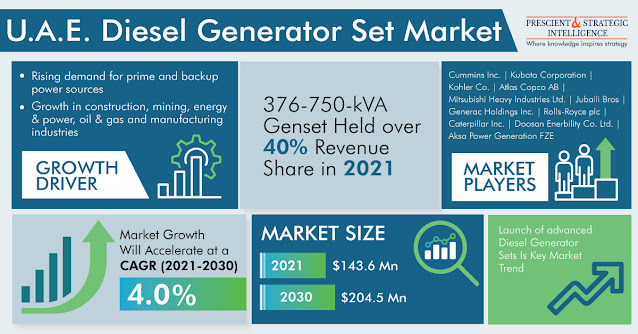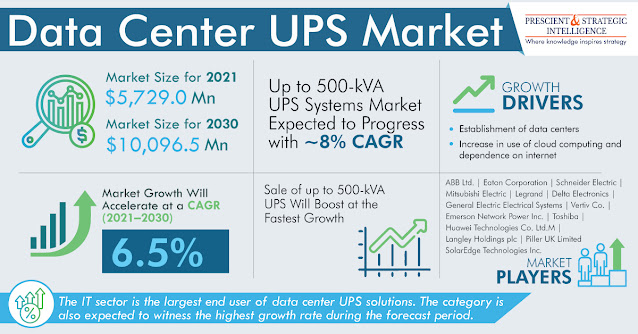With an increase in the population in New Zealand and Australia, there is a surge in the demand for commercial and residential buildings. The COVID-19 pandemic had a severe impact on the construction of residential and industrial buildings, but the situation has certainly improved. For instance, the Australian construction industry reported a gross value added of AUD 144 billion in 2021. As these activities are increasing in these countries, the need for VRF systems is also rising.
The revenue of the Australian water-cooled heat pump VRF systems market was $22,137.0 thousand in 2021, and it will rise at an 8.6% CAGR from 2021 to 2030, to reach $46,335.2 thousand by 2030. Furthermore, the New Zealand water-cooled heat pump VRF systems market generated approximately $3,782.8 thousand in 2021, and the size will propel at a CAGR of 6.5% in the same period, to reach $6,637.3 thousand by 2030.
In the years to come, there will be a surge in the demand for these systems in commercial spaces, such as offices. This can be ascribed to the rise in commercial infrastructure development activities, especially in the key financial hubs of the two countries, including Auckland, Wellington, Melbourne, and Sydney. The preference for these systems has a lot to do with the efficiency in meeting altering temperature necessities in space heating and cooling applications, while correspondingly leading to low operative costs.
A share of over 70% was held by the commercial category in 2021 in the Australia and New Zealand water-cooled heat pump VRF systems market. As the emphasis on the construction of green buildings surges, the need for these systems will rise significantly in the commercial sector. Thus, they are now being preferred over traditional counterparts, such as boilers, in educational institutions, shopping arcades, and hospitals. Additionally, owing to the environmental apprehensions, the demand for energy-efficient HVAC systems has increased rapidly, which would enhance the market growth in both countries.
The positive results of the shift to sustainable practices are due to the rising need to reduce CO2 emissions, which have already declined from 7.6 metric tons in 2000 to 6.6 metric tons per capita in 2018 in New Zealand. Furthermore, the demand for water-cooled heat pump VRF systems is increasing in these countries because they save energy, are economical, and have a long life, which makes them appropriate for both commercial and housing applications.
The rising number of construction projects in these nations is boosting the need for VRF systems. For instance, the West Edge-New Lynn project involves the building of 2,088 houses in Auckland. The project will cost around $3 billion and will be commissioned in 2027, which will create a substantial necessity for this type of equipment. Furthermore, these systems play an important role in decreasing pollution levels, as they consume lesser energy.
Thus, the demand for the water-cooled heat pump VRF systems is on the rise in Australia and New Zealand due to the increase in the population and surge in residential and commercial construction activities.














